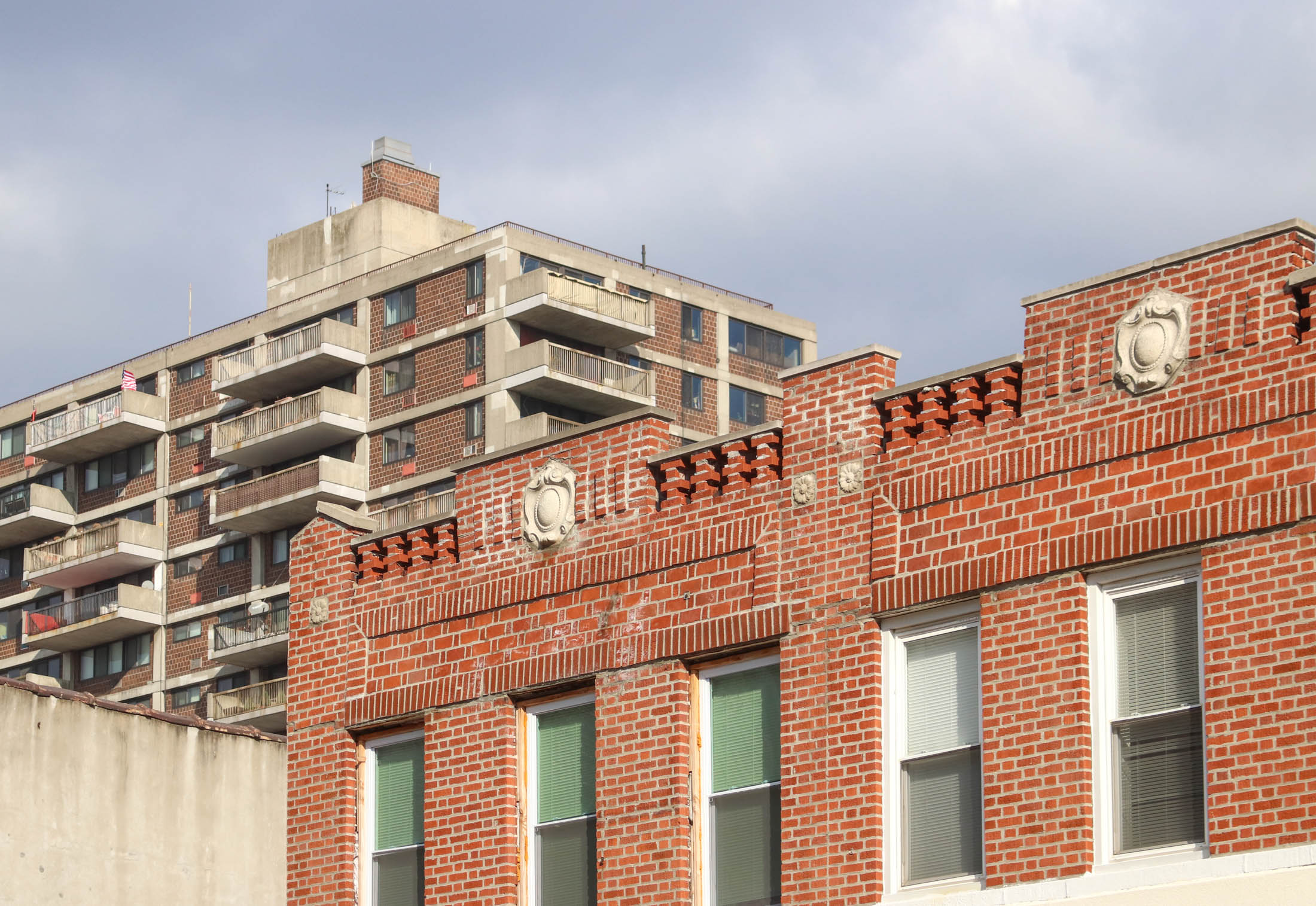Little Boxes, Big Slums
So what happens when McMansions all over the country are downgraded in status and price to the dollar menu? According to an article in The Atlantic, it means we’re witnessing a huge shift in where Americans are choosing to live. The piece, by Brookings Institution fellow/Arcadia Land Company honcho Christopher B. Leinberger, racks up fact…


So what happens when McMansions all over the country are downgraded in status and price to the dollar menu? According to an article in The Atlantic, it means we’re witnessing a huge shift in where Americans are choosing to live. The piece, by Brookings Institution fellow/Arcadia Land Company honcho Christopher B. Leinberger, racks up fact after fact to support the theory that the suburbanization of the U.S. has run its course:
For 60 years, Americans have pushed steadily into the suburbs, transforming the landscape and (until recently) leaving cities behind. But today the pendulum is swinging back toward urban living, and there are many reasons to believe this swing will continue. As it does, many low-density suburbs and McMansion subdivisions, including some that are lovely and affluent today, may become what inner cities became in the 1960s and ’70s—slums characterized by poverty, crime, and decay.
Leinberger argues that as cities have increased in cachet over the past decade or so, builders have gone gangbusters on the suburbs, leading to overdevelopment in non-urban areas and huge price premiums in our cities. One demographer he cites forecasts a “likely surplus of 22 million large-lot homes forecasts a likely surplus of 22 million large-lot homes (houses built on a sixth of an acre or more) by 2025—that’s roughly 40 percent of the large-lot homes in existence today.” There are plenty of good reasons to believe cities—and manufactured, urban-esque “lifestyle centers” outside of cities that include walkable streets and retail clusters—will only continue to grow in popularity. For example, Leinberger notes that by 2025 there will be an equal number of single-person households as families with children. The whole article is well worth a read, though it oddly doesn’t address the possible racial ramifications of a suburbia-as-slum/cities-of-gold cultural shift. Still and all, it’s a sobering look at how the McMansion developments of today may be the poverty-stricken badlands of tomorrow.
The Next Slum? [The Atlantic]
Photo by bob.





I agree with you 2:18. I really do. I think we are splitting hairs.
I think that the primary reason people left cities 2 generations ago was because the country was reeling from the civil rights movement and many white people simply did not want to live in close proximity to black people.
Those times are a changin, that goodness.
If we end up with an African American President, we’ll see that continue even more.
As white become become less fearful of black, the cities will continue to flourish, I believe.
Speaking of Ditmas Park – how come there isnt a huge push by all you anti-suburban brownstoners to demolish those suburban victorians and replace them with ‘proper’ rowhouses??
1:59 – yes it costs more to heat the average suburban home – but they also tend to have lower utility costs (per khw/hr). But again even if you add up the driving/auto expense and the heat expense and the higher taxes, it is simply a fact that an ‘middle to upper middle-class’ existence (as that appears to be currently defined within our society) is significantly cheaper to maintain in the suburbs (especially if you factor in schools)
Now you can claim that a “middle-upper middle class lifestyle’ (as it is currently defined) is not sustainable for 300M people (much less 6B worldwide) and that we should re-define our desires/expectations and you have a point. However – right now – in the world we are living, you are not going to get people to move to the city based upon a cost based argument (hence my reason for saying you should be working to raise the costs through gas taxes and congestion pricing and to lower urban costs by increased density).
I do find it interesting that 2 generations ago people were making the same argument against Urban living – i.e. that people were not ment to live in such density. I think it is clear that people choose and desire to live in all different types of arrangements – you sociological conclusions notwithstanding
“I have seen suburban “slums” start to crop up in Nevada where many homes witihn some developments are in foreclosure and others were never sold by the developers. Suburban developments that are built to mimic city living seem to do a lot better.”
I’ve seen them starting to crop up in places as close as southern New Jersey. Not pretty.
Also seen a bit of this starting to happen on parts of Long Island.
Here is an example of what a smart person does with the economic news and what a not so smart person does with it.
1. The not so smart person whines and cries on an anonymous blog about how bad the economy is and how the world is coming to an end and that all homeowners are stupid.
2. A smart person buys stock of Bear Stearns for $2 on Monday morning and sells on Tuesday afternoon for $6.80 (it’s current price).
I’m so glad I’m in category number 2.
11:07,
Only a few of the homes in the Ditmas Park area were converted into boarding homes. This phenomenon was more prevalent in the now trendy and popular brownstone neighborhoods like Park Slope, Ft. Greene, Bed-Stuy, etc… It just goes to show that any area can be improved and also that any area can becaome a slum. I have seen suburban “slums” start to crop up in Nevada where many homes witihn some developments are in foreclosure and others were never sold by the developers. Suburban developments that are built to mimic city living seem to do a lot better.
test
Wow, suburb haters huh? Just cause it’s not your choice it’s awful?
The NYC ‘burbs are a different place, and I suspect some of the ‘burbs of some other similar cities, like Chicago, for instance, will have the same fate. And I think it’s because of our public transport system. Most NYC commuters take public transportation into the city to work. They don’t drive. And many of those in the ‘burbs utilize their proximity to the city to go in on the weekends and expose their children to the city, so they’re hardly hours away from culture. After all, I don’t know how many of you have been to certain suburbs, but many of them are more city-like by the day – boutique stores, health food stores, coffee houses, museums, art house movie theaters – plus the added proximity to big box stores, parks, pools, beaches and great schools. They’re not as awful as you imagine. Of course, those tend to be the somewhat pricier places to live, but that’s how it is.
Plus, let’s face it – build all you want, but NYC will reach a saturation point where it will become unpleasant to live in should EVERYONE decide to move there. NYC’s land size alone, even including the boroughs, will help keep the suburbs a viable option for people.
“The ‘extra’ expense of driving is trivial when you consider the current differences in housing prices between non-slum urban areas and the majority of suburbs.”
It’s not just a couple bucks here and there for gas though. It’s a couple hundred more bucks every year to heat your huge, wasteful home, it’s less vacations, which lead to more people unhappy at work, it’s more a feeling of isolation which also contibutes to a lonely life. Every single person I know in the suburbs tells me how isolated they feel…especially because of the advent of the computer age, which just isolates people even more. At least here, I can see other human beings on the subway or walking around near my house.
The suburbs are simply not how human beings were meant to live.
We are more predestined to live in colony like settings. Much more similar to that of a city.